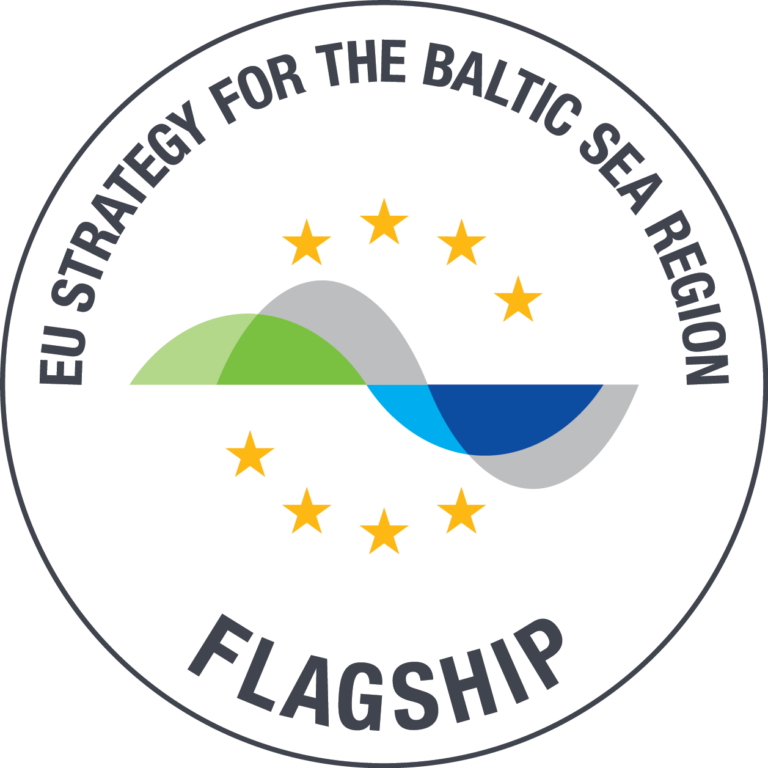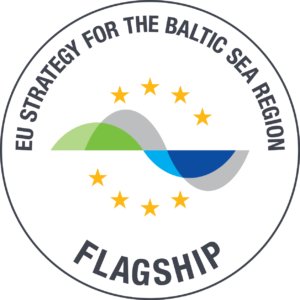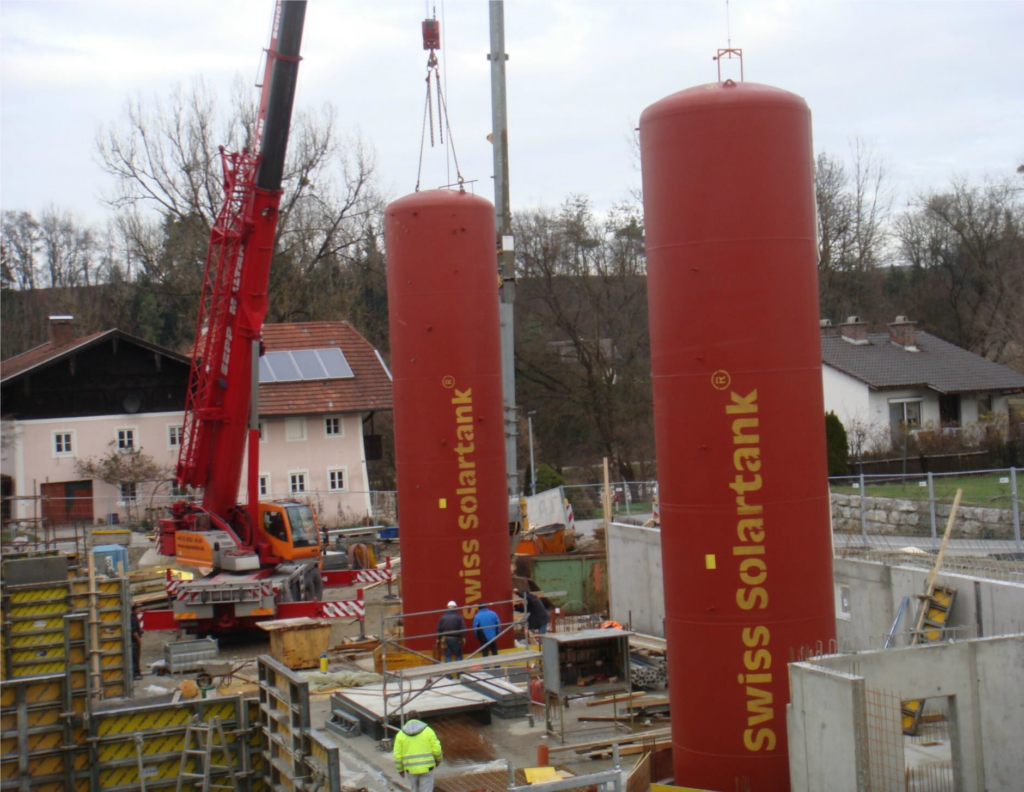Background
Josef Janni is the creator of a company in Switzerland’s Janni energietechnik. He started the business in the middle of the seventies with making solar collectors. The vision was to create a system that made a building self-sufficient in heating and hot water with only the sun as an energy source. Their solution is hot water storage in big tanks. The company makes everything them self from calculation, manufacturing and installation. This system is installed in more than 100 buildings today and the demand is growing.
System
An insulated water tank is placed in the middle of a building and sun collectors is placed on the roof. The tank size is 50-200 cubic meters and a minimum height of 5 meters to get a good thermal stratification in the tank. The sun collectors charge the tank with energy. The highest temperature in the tank is 95°C when it’s fully charged. A 100 cubic meter tank has 2kW energy loss when the temperature is 95°C, this loss is absorbed by the building and used as heating. In the summertime the tanks losses can be ventilated to avoid need of cooling the apartments. The system needs some other kind of energy source for example biofuel to secure the temperature in the tank.
Pros
- 100% renewable energy
- Store energy in water is much cheaper than other known options
- Buildings use the energy losses from the tank.
- Saving energy in water has several benefits nontoxic, thermal stratification, easy to exchange energy.
- The system uses few valuable natural resources
- Low maintenance
- Simple technics
- Long lifecycle
Cons
- Space consuming
- Expensive
- Needs some sort of backup system to ensure temperatures in cold winters
- Fairly untested in northern Europe
- Difficult to implement in old buildings
Link to seminar (in English): http://media.play.du.se/49dafc4b
More info: http://jenni.ch/home-345.html
Text author: Benny Magnusson, Sustainable Building Cluster in Dalarna
Background: This article is made in the framework of the project Effective Financing Tools for implementing Energy Efficiency in Buildings (EFFECT4buildings). The aim of the article is to share of experiences on energy efficiency solutions. EFFECT4buildings project develop a toolbox with a set of financial instruments for building managers to implement more energy efficiency measures. The project also maps, promote and share experiences among building managers of different technology solutions for energy efficiency in buildings. EFFECT4buildings is implemented with the support from the Interreg Baltic Sea Region Program 2014-2020 (European Regional Development Fund) and Norwegian national funding.
For more information: http://www.effect4buildings.se
Follow us on Twitter @EFFECT4building
Disclaimer: The sole responsibility for the content of this article lies with the authors. It does not represent the views of the European Union.













